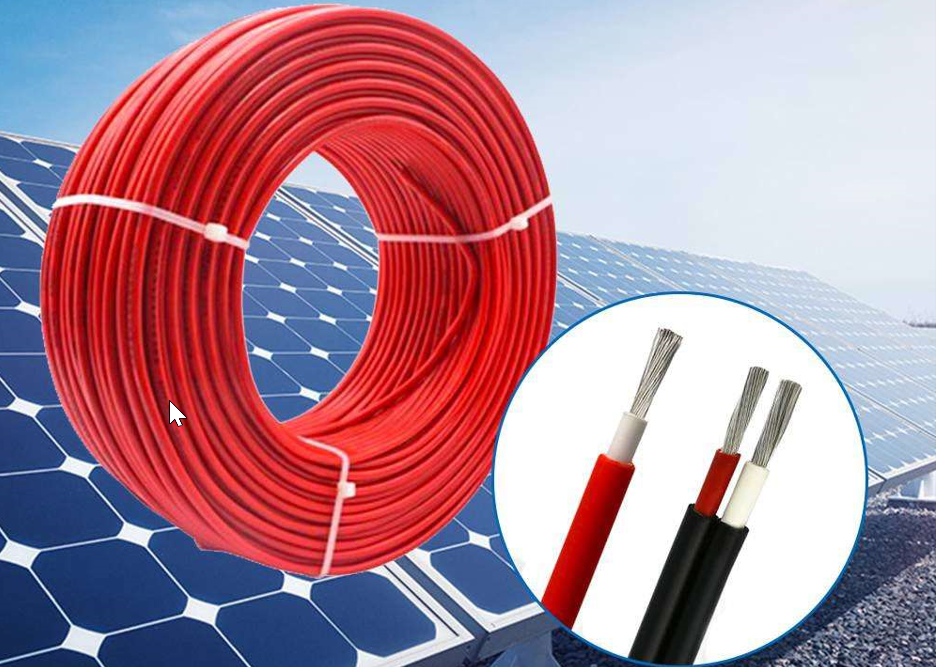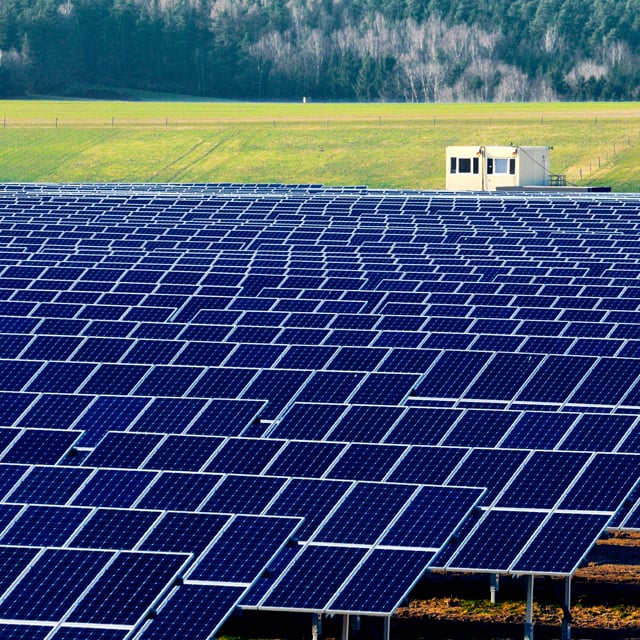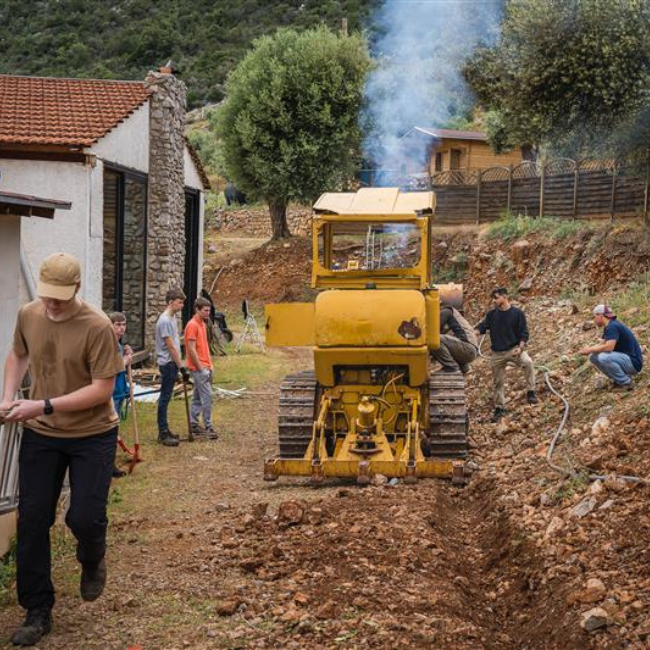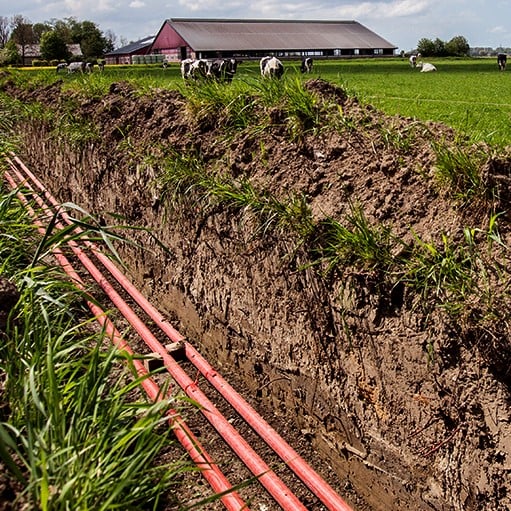OVERVIEW
Solar
To meet an ever-growing need for power, the world is increasingly turning to renewable and sustainably sourced solar energy.
Prysmian's cables are helping businesses in the renewable industry around the globe to convert this opportunity into reality.
Our technologies - which cover cables used in PV plants - support the operations of contractors and developers, grid operators, transmission, and distribution system operations, and panel makers.












